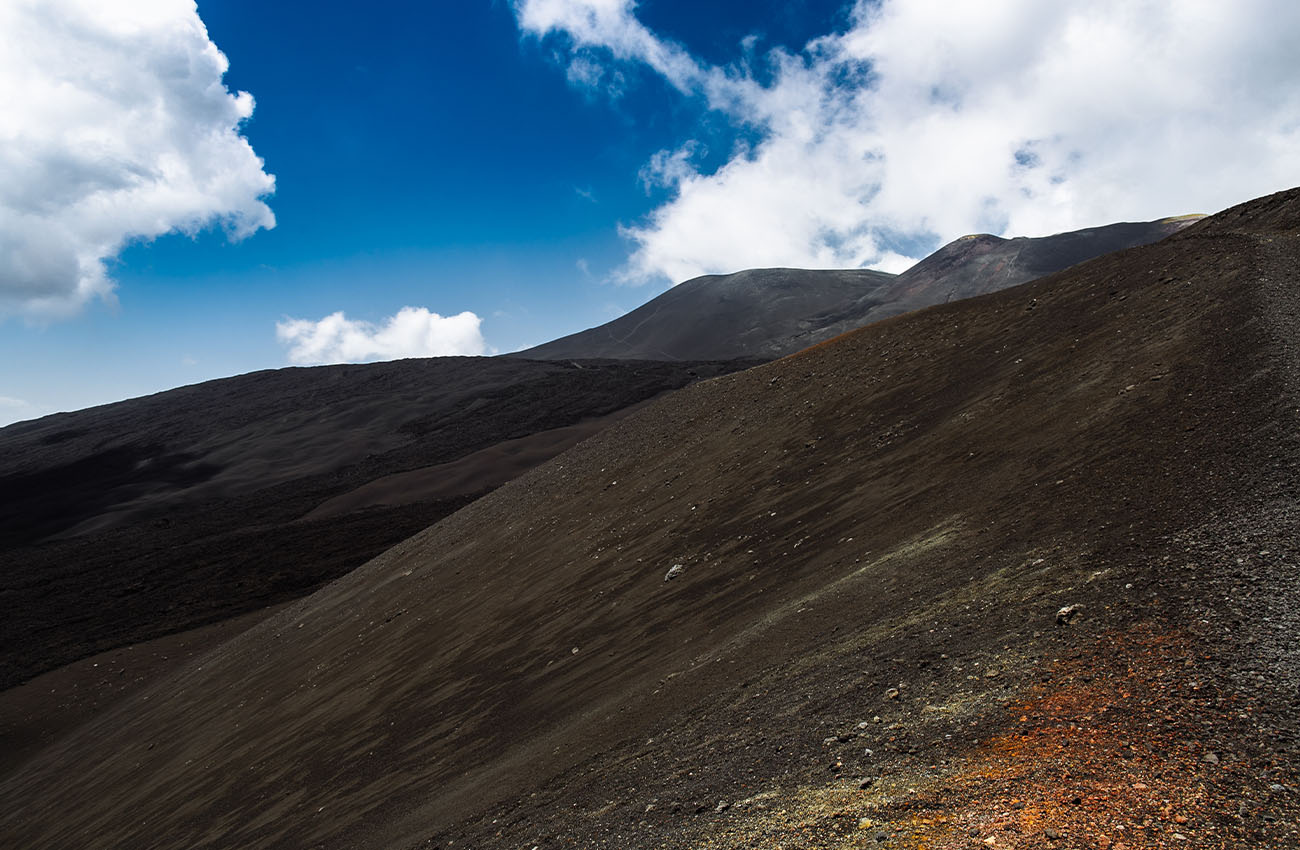Etna: the greatest active volcano in Europe
In the beautiful island of Sicily, not too far from the Strait of Messina, rises the biggest active volcano in Europe: the Etna. It is one of the highest volcanoes in the world, and became part of the UNESCO World Heritage List in June 2013. It represents a great natural laboratoryon the volcanic areas and its intense activity was observed and told since classical times. We can find , indeed, evidence in works of the main Greek authors such as Hesiod, Aeschylus, Thucydides, Diodorus Siculus and Euripides.
MYTHS AND BELIFS
In addition to having inspired many authors of the past, Etna, thanks to its regular and spectacular volcanic activity, has caused that around itself were also born stories of mythological character, in addition to numerous popular beliefs that tried to explain his activity through creatures and deities belonging to Roman and Greek legends. In addition, his intense activity, accompanied by earthquakes and tremors, caused the birth of places of worship dedicated to the gods who were thought to inhabit those places and provoked these phenomena.
Among the most famous of the ancient times we can find:
- The sanctuary of the god Adranos;
- The Sanctuary of the goddess Ibla, near the current city of Paternò.
As regarding the fact of the etymology of the name Etna, this has always been discussed. It is thought that it may derive from the toponym ‘Aitna‘, which was attributed to the cities of Katane and Inessa and derives from a Greek verb that has the meaning of “burn“.
Some Arabic works referred to it as Jabal al al-burkān (mountain of the volcano) or similar names which were later changed to Mons Gibel, literally “Mount Gibel” (from which the Sicilian Muncibeḍḍḍu, later translate in italian as Mongibello or even Montebello).
This name has remained in common use for a long time even if someone continues to call the volcano in this way. In recent times, the name Mongibello has remained to indicate only the highest part of Etna. However, the local populations refer to Etna also simply through the Sicilian nickname “a muntagna“.
VOLCANIC GENESIS
It was mainly a process of construction and deconstruction that has meant that, not only through the time the height of the mountain itself changed, but also its intense activity has made numerous changes to both the flora and fauna of the surrounding environment, making it an evocative, almost lunar environment. Since 1987 this area has been protected thanks to the establishment of the Etna Nature Park.
Both the park and the volcano can be visited thanks to numerous nature trails open to everyone. The volcano has also several craters scattered at different altitudes, produced by the various eruptions with the passing of the time. These last are easy to access by visitors and researchers and in which excursions are made.
In addition to the academics who have known and studied it for years, Etna is also an attractive destination for tourists who have an additional reason to visit the beautiful Sicily and the province of Catania, where the volcano, that frames it, making it almost look like a postcard.
When the volcano is erupting, at night the view is suggestive. Indeed, the river of lava that flows slowly along the walls of the mountain and the gushes that come out and illuminate the sky are a unique and unmissable show. This great volcano should not be forgotten as one of the most important stops if you want visit this land, and in winter in particular, when the snow covers the entire landscape, the mountain turns into a ski area.
So, Etna is particularly suitable for winter sports such as:
- alpine and cross-country skiing;
- snowboarding;
- trekking;
- hiking;
- cycling;
- horseback riding.
This will allow those who are passionate about nature and sports, to experience different but equally wonderful experiences.





